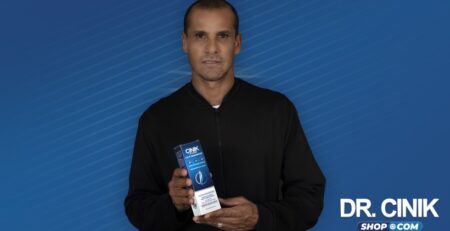Does Hair Shed Again After Hair Transplantation?
Hair transplantation flickers hope to those grappling with hair loss, promising to restore their hair and self-confidence. With that said, amidst this hope, a common question arises: Will the transplanted hair withstand the test of time, or will it eventually shed again?
Wonder no more. Let’s embark on an enlightening journey to discover the truth behind post-transplant hair shedding.

What is The Natural Hair Growth Cycle?
To comprehend hair shedding after a transplant, it’s crucial to understand the natural growth stages of hair. The hair growth cycle consists of three phases:
Anagen Phase of Hair Growth: This active phase represents hair growth, with each strand gaining approximately 1.25 cm in 28 days. Spanning 2-7 years, individual factors like genetics, health, diet, and age determine the duration of this stage.
Catagen Phase of Hair Growth: A transitional period lasting about ten days, hair growth slows as the hair detaches from its blood supply.
Telogen Phase of Hair Growth: During this phase, hair sheds, and the hair follicle enters a dormant state for 1-4 months before fresh strands emerge, initiating the growth cycle.

What is the Connection between Post-Treatment Hair Loss and Male Pattern Hair Loss?
For individuals genetically predisposed to hair loss, the hormone dihydrotestosterone (DHT) attacks susceptible hair follicles in specific areas of the scalp, such as the temples, frontal hairline, and the top and vertex of the head. However, the back and sides of the scalp typically remain unaffected. Over time, DHT gradually weakens the follicles, leading to thinner and finer hair in subsequent growth cycles until no hair regrowth occurs.

Does Hair Shed Again After Hair Transplantation?
After Follicular Unit Extraction (FUE) hair transplantation, hair loss is a standard factor in regrowth and vitality. This phase, known as “shock hair loss,” occurs approximately 6-9 weeks after the procedure and mirrors the catagen stage of the natural growth cycle. While it might be alarming, rest assured that the transplanted hair follicles remain intact and ready to sprout new growth. Around three months after the shedding, the telogen phase initiates hair regrowth.

How Resilient is the Transplanted Hair?
Transplanted hair from the back of the scalp, resistant to DHT, defies male pattern hair loss. However, it’s crucial to note that hair transplantation doesn’t prevent existing susceptible hair from falling out. As a result, some individuals may consider multiple hair transplants to address ongoing hair loss in the head’s mid-central, crown, and frontal areas.

How to Minimize the Chances of Hair Shedding after the Transplant?
Strictly Adhere to Medication Regimen: Following the medication regimen is crucial to minimize hair shedding after a hair transplant. These medications typically include finasteride and minoxidil, which help inhibit DHT (dihydrotestosterone) and stimulate hair growth. Consistently taking these medications, as the surgeon advises, can significantly reduce shock hair loss and support healthy hair regrowth.
Optimal Post-Operative Care: Post-operative care is vital for protecting and nurturing the newly transplanted hair follicles. Patients should diligently follow the surgeon’s instructions, including avoiding strenuous physical activities, refraining from scratching or rubbing the scalp, and adopting a gentle hair care routine. Proper care during the initial healing phase ensures that the transplanted hair follicles remain undisturbed and set the stage for successful hair growth in the subsequent months.

The Best Hair Transplant Clinic:
Are you looking for the best hair transplant clinic? Look no further because DR CINIK has got you covered. Located in Turkey and founded by Dr. Cinik, having ages of experience in this realm, Dr CINIK SHOP is second to none in its expertise and experience. Their endorsements and testimonials speak volumes about their professionalism.
Get a free consultation today with expert professionals. Here’s to complete and restored hair.
Conclusion:
In a nutshell, post-transplant hair shedding is a normal part of the hair restoration process. Understanding the natural hair growth cycle and the influence of DHT on male pattern hair loss helps demystify this phenomenon. While hair transplantation offers a lasting solution for restoring hair in resistant areas, it cannot prevent the loss of existing susceptible hair. We encourage you to book an appointment with our experienced hair transplant surgeon to understand hair transplants comprehensively. Embrace the journey to a confident and revitalized you.







Leave a Reply